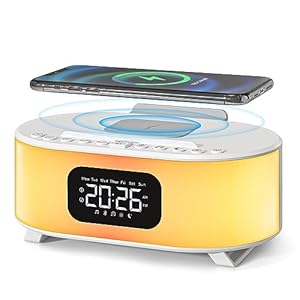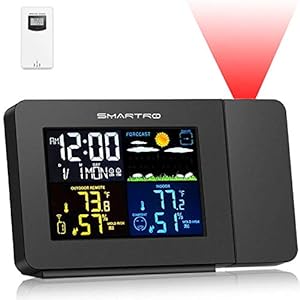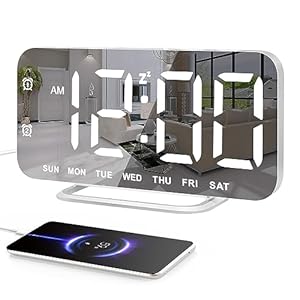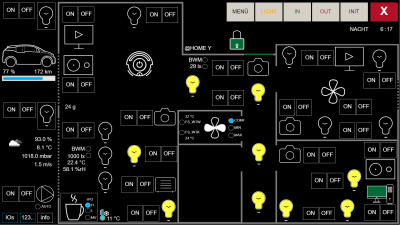
Supervisory management and knowledge acquisition, or SCADA, techniques sit within the background in industrial settings, performing all types of necessary jobs however in an ad-hoc setup, relying on the exact necessities of the set up. Once we take into consideration house automation techniques, they’re just about the identical deal: ad-hoc techniques put collectively from off-the-shelf elements and some customized bits thrown in. [Stefan Schnitzer] clearly has important information of SCADA in an industrial setting and has carried this over into their house for their entry into the Hackaday 2024 Home Sweet Home Automation Contest.
Having built their own home from the ground up, [Stefan] may run wiring and add sensors wherever wanted while engaged on the inside, giving a clear, full customized set up overlaying lights, heating, air flow, even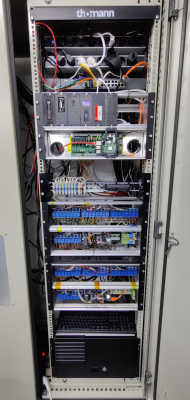 the robotic vacuum cleaner and the cat feeder. No dodgy conduits and visual wiring runs!
the robotic vacuum cleaner and the cat feeder. No dodgy conduits and visual wiring runs!
SCADA systems are designed in a hierarchical manner, which makes them simple to grasp. On the backside of the hierarchy, which is stage 0, we’ve the bodily variables and management mechanisms that embrace issues like room temperature management, door lock standing and the cat feeder. Above that is stage 1, the bodily interface between ranges 0 and a pair of. This stage 1 {hardware} is predicated round a group of Arduino UNOs and Mega2560s, conserving prices low. One additional, fancy addition was a Pixtend I/O board, which connects on to the extent 2 {hardware}, a Raspberry Pi3, which varieties the SCADA supervisor and runs the net server for direct low-level management, in addition to the Modbus TCP driver for the ethernet modules used on the Arduinos. This Pi additionally runs the MQTT dealer and the Codesys software PLC. Lastly, ranges 3 and 4 are the coordination/manufacturing layers and are carried out with one other Raspberry Pi3 that runs NodeRed and Grafana. InfluxDB is used for native knowledge storage. This Pi additionally receives photos from the IP cameras positioned across the space and any connections to providers exterior the house.
We don’t get DIY PLC hacks too typically; this one is from 2016, however nonetheless related. If you happen to’re questioning safe all this complexity, we had a hack chat on this subject a number of years again.



